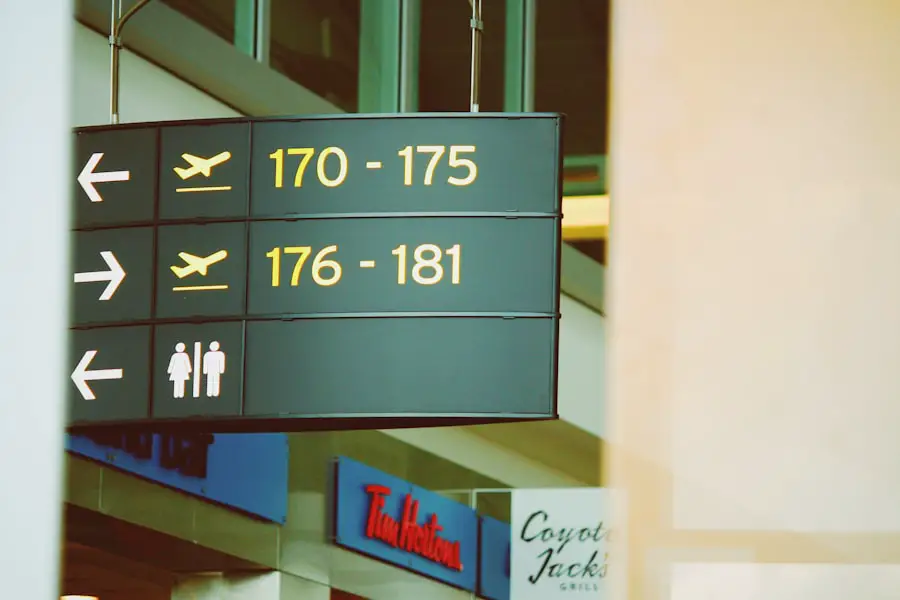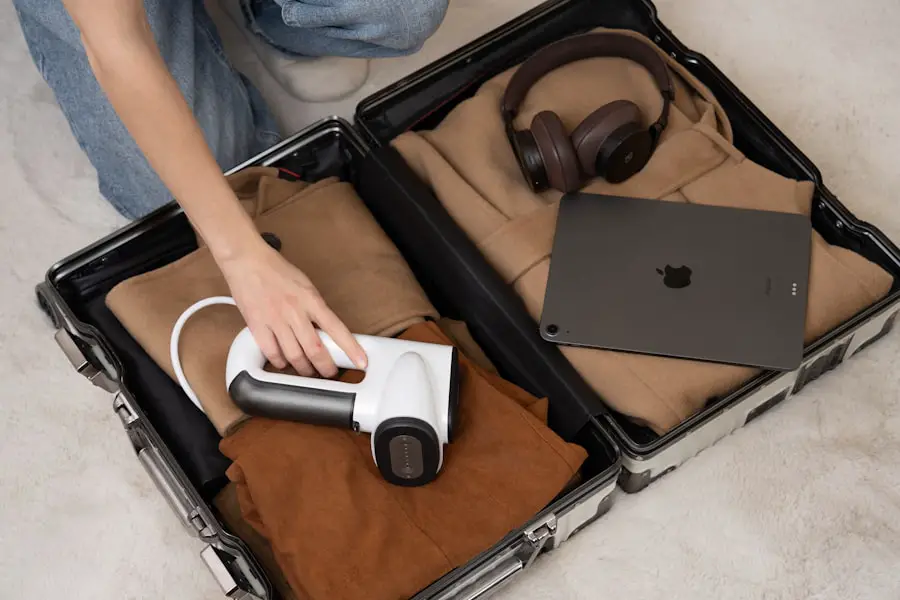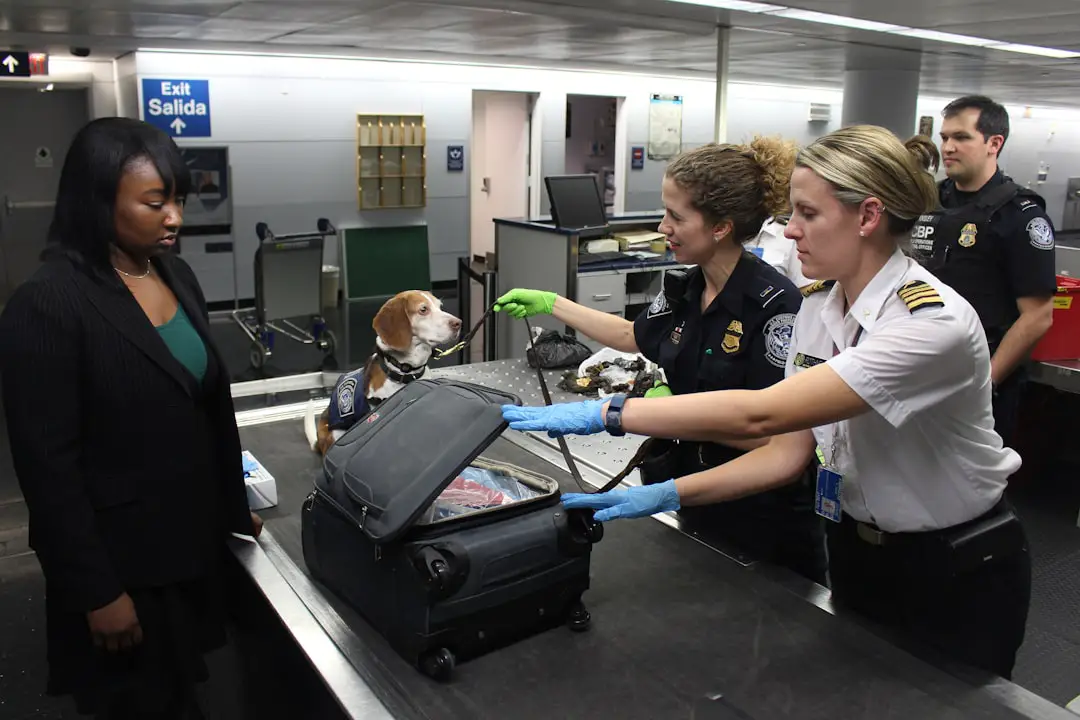Airline luggage size restrictions are a crucial aspect of air travel that every passenger must navigate. These restrictions vary significantly from one airline to another and can impact the overall travel experience. Typically, airlines categorize luggage into two main types: carry-on baggage and checked baggage.
Each category has its own set of size and weight limitations, which are designed to ensure safety, efficiency, and comfort for all passengers on board. For instance, a common carry-on size limit is around 22 x 14 x 9 inches, while checked baggage often allows for larger dimensions, such as 62 linear inches (the total of length, width, and height) and a weight limit that can range from 50 to 70 pounds depending on the airline. Understanding these restrictions is essential not only for compliance but also for avoiding unexpected fees or inconveniences at the airport.
Airlines often impose hefty charges for oversized or overweight luggage, which can add significant costs to your travel budget. Moreover, being aware of these limitations can help travelers pack more efficiently, ensuring that they bring only what they need without exceeding the allowed dimensions. This knowledge can also alleviate stress during the boarding process, as passengers who are well-informed about luggage restrictions are less likely to face last-minute scrambles to repack or check their bags.
Key Takeaways
- Understanding airline luggage size restrictions is crucial for avoiding extra fees and ensuring a smooth travel experience.
- Different methods of measuring luggage include using a tape measure, luggage sizer, or checking the airline’s specific guidelines.
- Tips for measuring luggage accurately include measuring the exterior dimensions and including wheels and handles in the measurements.
- Common mistakes to avoid when measuring luggage include not accounting for expandable features and not double-checking the measurements.
- How to measure luggage for carry-on vs. checked baggage involves knowing the size limits for each and considering the weight restrictions for checked baggage.
- Tools and resources for measuring luggage include luggage scales, measuring tapes, and online resources for airline-specific guidelines.
- Airlines with specific luggage size requirements should be researched before traveling to avoid any surprises at the airport.
- The importance of measuring luggage for a smooth travel experience cannot be overstated, as it can save time, money, and hassle at the airport.
Different methods of measuring luggage
Measuring luggage accurately is vital for ensuring compliance with airline regulations. There are several methods to measure luggage, each with its own advantages and potential pitfalls. The most straightforward method involves using a tape measure to determine the dimensions of the bag.
To do this, one should measure the length, width, and height of the luggage while it is empty and uncompressed. It is important to measure from the outermost points of the bag, including any wheels or handles that may protrude, as these can affect the overall size. Another method involves using a luggage scale to weigh the bag, which is particularly important for checked baggage where weight limits are strictly enforced.
Many travelers opt for digital luggage scales that provide quick and accurate readings. These scales are portable and can be used at home before heading to the airport, allowing travelers to adjust their packing as needed.
Tips for measuring luggage accurately

To measure luggage accurately, it is essential to follow a systematic approach. First, gather the necessary tools: a flexible tape measure for dimensions and a digital scale for weight. When measuring dimensions, place the bag on a flat surface and ensure it is fully expanded.
Start by measuring the length from one end to the other, then measure the width across the widest part of the bag, and finally measure the height from the base to the top. It is advisable to take multiple measurements to confirm accuracy, as bags can sometimes have irregular shapes that make it difficult to determine precise dimensions. When weighing your luggage, ensure that it is packed as it would be for travel.
Weighing an empty bag will not provide an accurate representation of what you will be carrying. If your bag exceeds the weight limit, consider redistributing items between bags or removing non-essential items to avoid excess fees. Additionally, keep in mind that some airlines have different weight limits for domestic and international flights; therefore, it is wise to check these specifics before finalizing your packing.
Common mistakes to avoid when measuring luggage
| Mistake | Description |
|---|---|
| Not using a calibrated scale | Using an inaccurate scale can lead to incorrect measurements. |
| Ignoring airline restrictions | Failing to consider the specific size and weight limits set by airlines. |
| Not accounting for additional items | Forgetting to include the weight of additional items such as handles and wheels. |
| Measuring irregularly shaped luggage | Measuring irregularly shaped luggage can lead to inaccurate dimensions. |
| Not double-checking measurements | Failing to verify measurements can result in errors. |
One of the most common mistakes travelers make when measuring luggage is neglecting to include all protruding parts of the bag in their measurements. Handles, wheels, and external pockets can add significant size to a bag that may otherwise appear compliant when measured without these features. Always ensure that you measure from the outermost points of the bag to avoid surprises at check-in.
Another frequent error is failing to account for weight when packing. Many travelers underestimate how much their belongings weigh or forget to include heavier items like shoes or electronics in their calculations. This oversight can lead to unexpected fees at the airport if your bag exceeds the airline’s weight limit.
To mitigate this risk, consider using a luggage scale before you leave home and adjust your packing accordingly if you find yourself over the limit. Additionally, be aware that some airlines have different policies regarding weight limits for different routes; thus, checking these details in advance can save you time and money.
When preparing for air travel, understanding how to measure luggage for both carry-on and checked baggage is essential. For carry-on bags, airlines typically specify maximum dimensions that must be adhered to in order for the bag to fit in the overhead compartment or under the seat in front of you. To measure a carry-on bag accurately, follow the same method as previously described: measure length, width, and height while ensuring that all parts of the bag are included in your measurements.
In contrast, checked baggage measurements often allow for larger dimensions but come with weight restrictions that must be observed. When measuring checked baggage, it is crucial to consider not only the linear dimensions but also how much weight you are packing into the bag. Many travelers find it helpful to use a checklist when packing checked baggage to ensure they do not exceed weight limits while still bringing everything they need for their trip.
Additionally, some airlines may have specific requirements regarding how checked bags should be packed or labeled; therefore, reviewing these guidelines ahead of time can help streamline your travel experience.
Tools and resources for measuring luggage
Several tools and resources can assist travelers in measuring their luggage accurately and efficiently. A flexible tape measure is indispensable for determining dimensions; it allows for precise measurements even on irregularly shaped bags. Digital luggage scales are also highly recommended for weighing bags before heading to the airport; they are portable and provide quick readings that can help travelers avoid excess baggage fees.
In addition to physical tools, many airlines offer online resources that outline their specific luggage size requirements. These resources often include detailed charts or calculators that allow travelers to input their bag dimensions and receive instant feedback on whether their luggage meets airline standards. Mobile apps designed for travel can also assist in tracking baggage sizes and weights while providing reminders about packing essentials based on destination-specific needs.
Airlines with specific luggage size requirements

Different airlines have varying policies regarding luggage size restrictions, which can sometimes lead to confusion among travelers. For example, budget airlines like Spirit Airlines and Ryanair often have stricter carry-on size limits compared to traditional carriers such as American Airlines or Delta Air Lines. Spirit Airlines allows a free personal item with maximum dimensions of 18 x 14 x 8 inches but charges extra fees for larger carry-on bags.
In contrast, Delta Air Lines typically allows carry-on bags up to 22 x 14 x 9 inches without additional charges. International airlines may also have unique requirements based on regional regulations or operational considerations. For instance, Emirates has generous allowances for both carry-on and checked baggage but specifies that carry-on items must not exceed 7 kg (15 lbs) in weight for economy class passengers.
Understanding these specific requirements is essential for travelers who may be flying with multiple airlines during their journey or those who are unfamiliar with an airline’s policies.
The importance of measuring luggage for a smooth travel experience
Measuring luggage accurately plays a pivotal role in ensuring a smooth travel experience from start to finish.
By adhering to airline size and weight restrictions, travelers can avoid unexpected fees at check-in or complications during boarding. This proactive approach not only saves money but also reduces stress during what can often be a hectic travel day.Moreover, being mindful of luggage measurements allows travelers to pack more efficiently and effectively. When bags are within specified limits, passengers can enjoy greater peace of mind knowing they have everything they need without overpacking or risking delays at security checkpoints due to oversized items. Ultimately, taking the time to measure luggage properly contributes significantly to an overall positive travel experience, allowing individuals to focus on enjoying their journey rather than worrying about logistics or potential penalties associated with non-compliance.
If you’re looking for tips on how to measure your luggage for airlines, you may also be interested in this article on the “5 Must-Have Packing Cubes for Your Spring 2025 Getaway.” These packing cubes can help you organize your belongings efficiently and make packing for your trip a breeze. Check out the article here for more information.
FAQs
What are the standard size limits for luggage on airlines?
Most airlines have a standard size limit for carry-on luggage of around 22 x 14 x 9 inches. Checked luggage typically has a maximum size limit of around 62 linear inches (length + width + height).
How do I measure my luggage to ensure it meets airline requirements?
To measure your luggage, use a tape measure to determine the length, width, and height of the bag. For non-rectangular bags, measure the longest points in each direction.
Are there any weight restrictions for luggage on airlines?
Yes, most airlines have weight restrictions for both carry-on and checked luggage. Carry-on bags are typically limited to around 40 pounds, while checked bags may have a weight limit of 50 pounds or more.
What happens if my luggage exceeds the size or weight limits?
If your luggage exceeds the size or weight limits, you may be required to check it at an additional cost or pay a fee for oversized or overweight baggage. In some cases, the airline may refuse to accept the luggage.
Are there any additional restrictions for international flights?
Yes, international flights may have different size and weight restrictions for luggage compared to domestic flights. It’s important to check with the specific airline and destination country for any additional restrictions.
